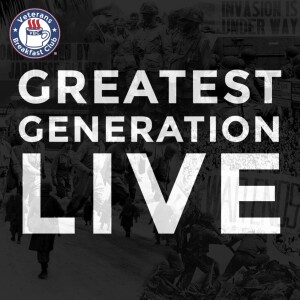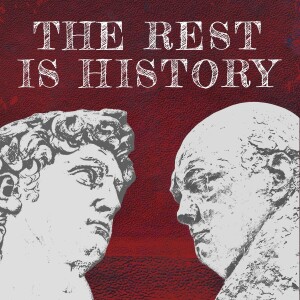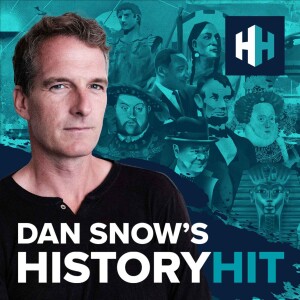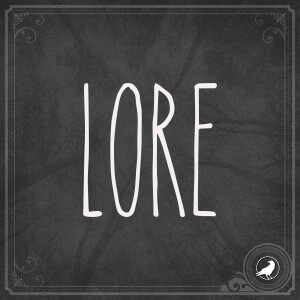

Glenn Flickinger and Scott Masters welcome liberators of Nazi concentration camps in the spring of 1945 to share their stories.
Frank Cohn, a Holocaust survivor, fled Nazi Germany with his mother in 1938, just before Kristallnacht. He later served in the US Army during World War II, becoming a member of the 12th Army Group Intelligence Unit, returning to Europe to fight the Nazis. Cohn’s experiences in Nazi Germany and his subsequent service in the US Army provide a powerful testament to his resilience and dedication.
Hilbert Margol served as an artillery gunner in the 42nd “Rainbow” Infantry Division during World War II. He participated in the liberation of Dachau concentration camp on April 29, 1945, and were part of the Army of Occupation in Austria after the war.
Denise Fikman-Hans, born in Paris in 1938, endured the upheavals of World War II as a young Jewish girl in Nazi-occupied France. In 1942, her father, aunt, and uncle were arrested and deported to Auschwitz. To protect her children, Denise’s mother sent her six children and two nieces into hiding, initially placing them on a farm. However, the children were soon separated and sent to different families, and eventually to a convent and monastery. Denise remained in the convent until 1948, after which she returned to Paris to live with her mother and stepfather.
As Allied forces advanced deep into Nazi-held territory, they uncovered the horrific realities of the Holocaust. Between April and May of that year, U.S., British, and Canadian troops liberated several concentration camps, exposing to the world the scale of Nazi atrocities and marking a turning point in both the war and human conscience.
The U.S. Army was the first to encounter one of the major camps when, on April 4, 1945, soldiers of the 89th and 4th Armored Divisions entered Ohrdruf, a subcamp of Buchenwald in central Germany. What they found shocked even the most battle-hardened troops: piles of emaciated corpses, torture devices, and starving survivors. General Dwight D. Eisenhower visited Ohrdruf personally and ordered widespread documentation, anticipating that people might one day deny what had happened. This liberation was followed by the discovery of Buchenwald itself on April 11, where thousands of prisoners had staged an uprising just before U.S. forces arrived. American soldiers found around 21,000 prisoners, many at the brink of death.
Meanwhile, U.S. troops also liberated Dachau, the notorious camp near Munich, on April 29, 1945. Dachau, the first Nazi concentration camp established in 1933, had become a model for other camps and a symbol of Nazi terror. American soldiers from the 45th and 42nd Infantry Divisions encountered over 30,000 prisoners, many sick and dying, and dozens of train cars filled with decomposing bodies outside the gates. The sights of Dachau provoked profound revulsion and led to acts of reprisal against SS guards.
British forces made their most significant discovery at Bergen-Belsen in northern Germany, liberated on April 15, 1945. The British 11th Armoured Division found 60,000 prisoners in appalling conditions—most suffering from starvation, typhus, and dysentery. Nearly 10,000 unburied corpses lay scattered across the grounds. British soldiers quickly began relief operations, bringing in food, medical supplies, and bulldozers to bury the dead. Despite their efforts, thousands of survivors continued to die from disease and malnutrition in the days following liberation.
Canadian soldiers, advancing as part of the First Canadian Army in the Netherlands and northern Germany, encountered and liberated smaller satellite camps and forced-labor sites tied to the Nazi system of exploitation. In northern German regions, Canadians helped liberate prisoners in camps near Neuengamme and other subcamps associated with the Nazi war machine.
The liberation of these camps left an indelible mark on the soldiers who witnessed them and the world that soon learned of the atrocities. The Allies’ documentation of the camps would form crucial evidence in postwar trials and historical record, ensuring that the crimes of the Holocaust could never be hidden or forgotten.
We’re grateful to UPMC for Life for sponsoring this event!
More Episodes
All Episodes>>Create Your Podcast In Minutes
- Full-featured podcast site
- Unlimited storage and bandwidth
- Comprehensive podcast stats
- Distribute to Apple Podcasts, Spotify, and more
- Make money with your podcast












